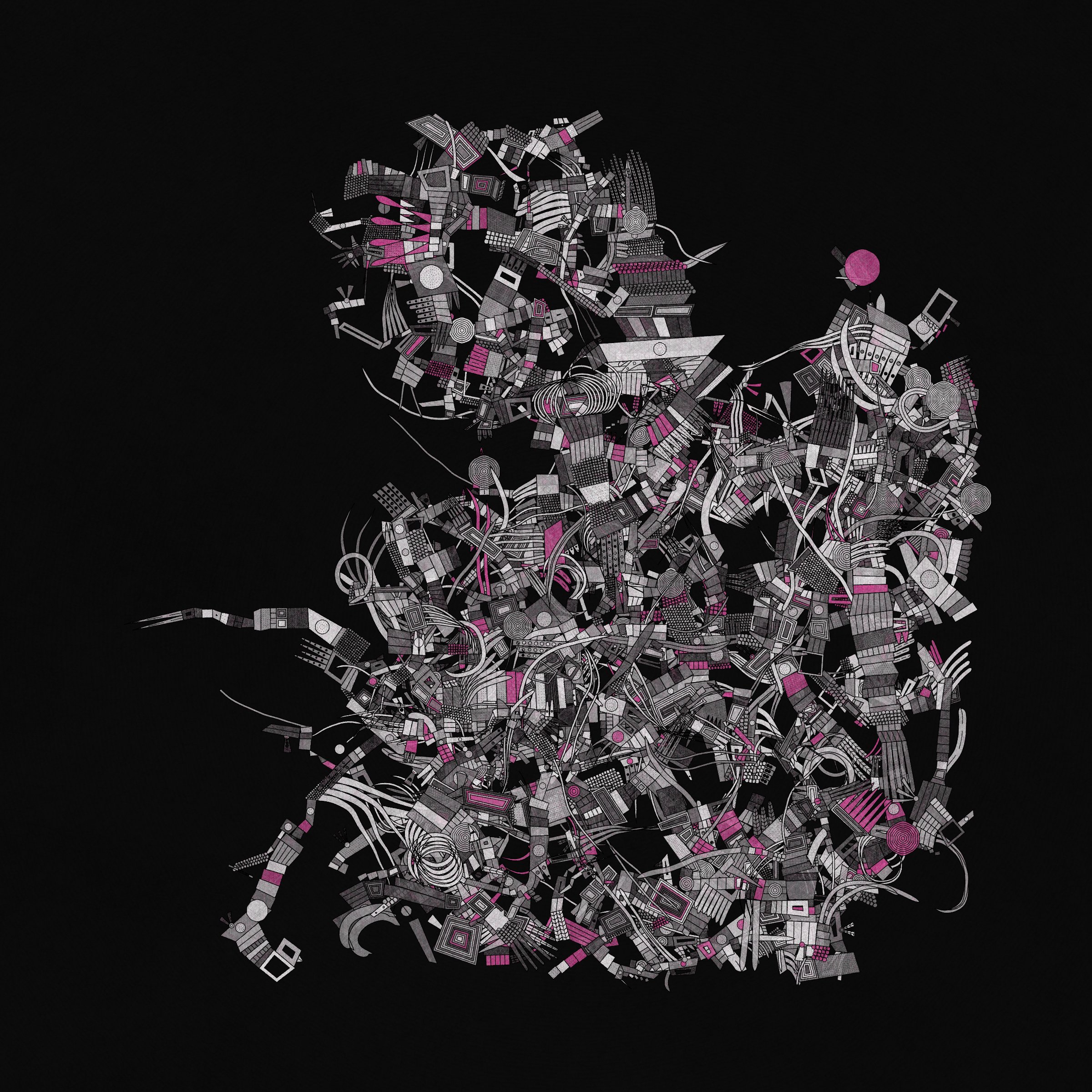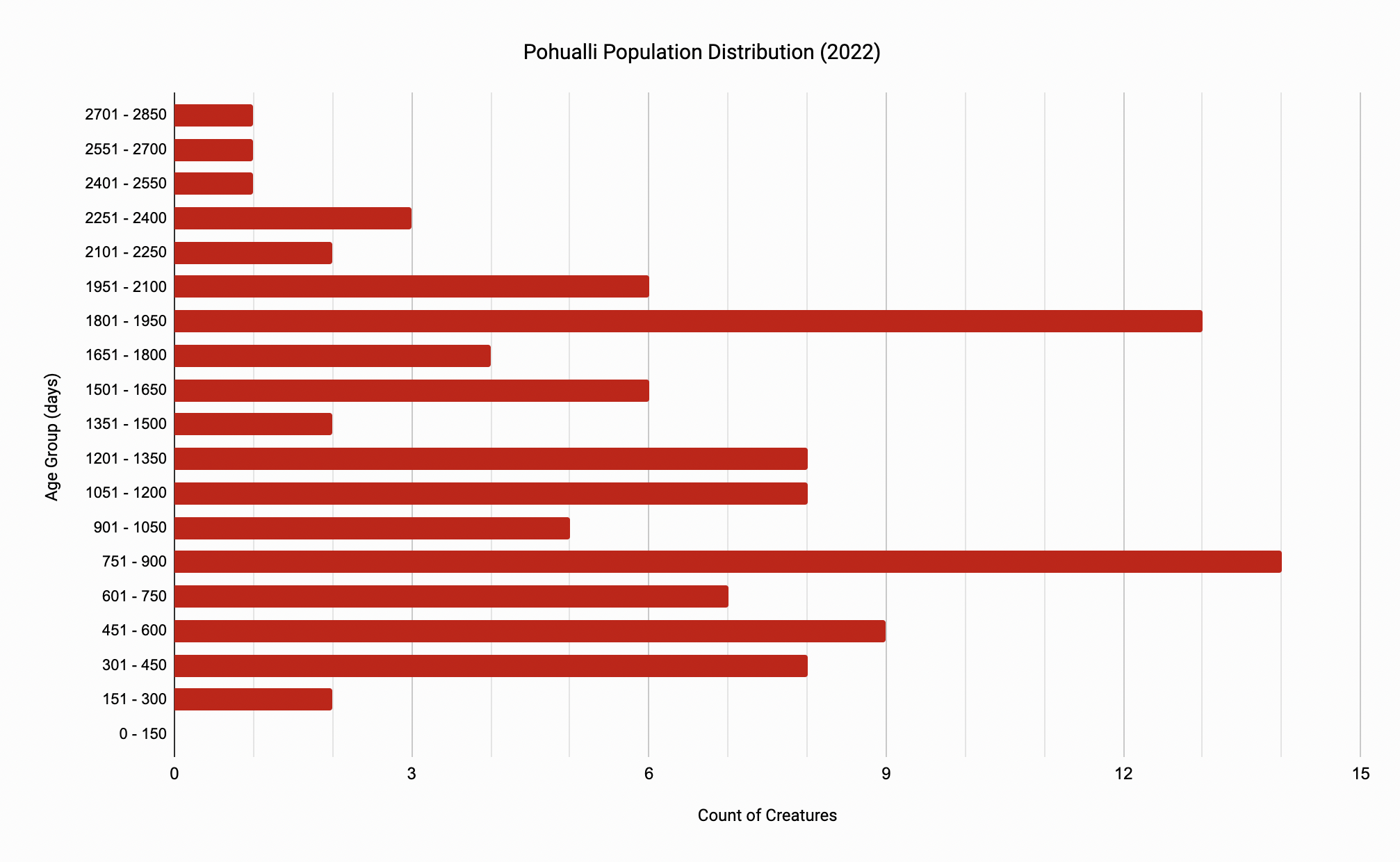Pohualli
Pohualli is a 100 edition generative art project launched with Bright Moments Gallery. The NFT collection was minted and exhibited through a unique interactive experience from Nov 16 - 19, 2022 at NFT ART CDMX in Mexico City. The concept, implementation/coding, and experience design were all done entirely by Fahad Karim. Pohualli was shortlisted for the 2023 Lumen Prize.
Browse the collection on Art Blocks or OpenSea.
Concept
Pohualli is a generative art project inspired by Aztec mythological motifs and the rich history of Mexico. The project reflects on the constant passage of time, the diverging paths into the future, and the desire to revisit and resurrect forgotten cultures. The title references the Nahuatl vigesimal counting system, in which pohualli is a base unit.
I first came up with the concept for this project while living in Oaxaca de Juárez. Though many parts of Mexico have been drastically transformed, often forcibly, through colonization, a surge of tourism, and modernization, Oaxaca has managed to hold strong to many indigenous customs. Looking ahead to the next century - which elements of our cultures will we preserve and celebrate, and which will we erase from our memories?
Each artwork in the Pohualli collection takes the form of an alebrije-like creature that grows over time, following a random walk algorithm that represents our path through life. Every day the creatures will look slightly different, adding new feathers, shields, ribbons, vines, and geometric blocks to their forms. The Aztecs believed time to be cyclical, and so when a creature inevitably reaches its final day, it will die and be reborn.
Something about the blocky geometric structure of figures in Aztec art immediately felt like a generative system to me - I could see the automation and the algorithm in my mind. This is an original ink drawing I made in April 2022 to familiarize myself with the style.
Select Works
The artwork in the Pohualli collection changes over time, and so is best experienced as live code running on your browser instead of as saved images. The images below are snapshots of how the artwork looked on day zero, i.e., when initially minted.
Pohualli features nine color palettes, organized across three themes: nature, motivations, and entities. Shown below is one edition from each palette. Clicking on an image will open a link to its live generator, which will show a timelapse of the creature’s growth from birth to its current age today. You can pause the animation through mouse clicks, toggle the date information with the ‘d’ key, and download a snapshot of the displayed artwork with the ‘p’ key. It’s highly recommended to view this artwork on a desktop/laptop running a modern browser.
Nature
Motivations
Entities
Demographics
My vision is for the Pohualli collection to be viewed as a living population. Each creature in the population was minted with a randomized age, with probabilities aligned such that the day zero Pohualli age distribution mirrors the population distribution of Mexico. Over time, the Pohualli age distribution will shift in interesting and unpredictable ways, as creatures die and are reborn at randomized moments in the future. The average death age of a Pohualli creature is also correlated with the average death age in Mexico, but with an exaggerated variance.
Unsurprisingly, with a sample count of just 100, the shape of the Pohualli population does not line up exactly with the programmed probabilities, i.e., with the shape of the Mexico population. I also took some artistic liberties to ensure a satisfying initial experience of the artwork to collectors, including setting a minimum initial age of 150 days and ensuring that all creatures are still in their first lifetime at mint time (i.e., have not died and been reborn). Both of these skew the average ages to be older than otherwise.
Looking forward, there is no coordination of death and rebirth of creatures across the population. And so unlike a human population, the cadence of introducing new generations is a lot more variable. Only time will tell what a snapshot of the entire population looks like in 10, 20, or 100 years.
Life Cycle
When a creature ultimately reaches its final day, it will be reborn into a new lifetime. The general look and feel of the creature will remain consistent throughout lifetimes, but the age of death is always unknown and varies in each life. In one life a creature may die early while in the next it may grow to be old, revealing a previously unseen form.
Shown below is Pohualli #0 on Jan 2017, May 2018, Nov 2019, and Dec 2022. Note how the creature is automatically positioned and scaled based on its size and form at its current age.
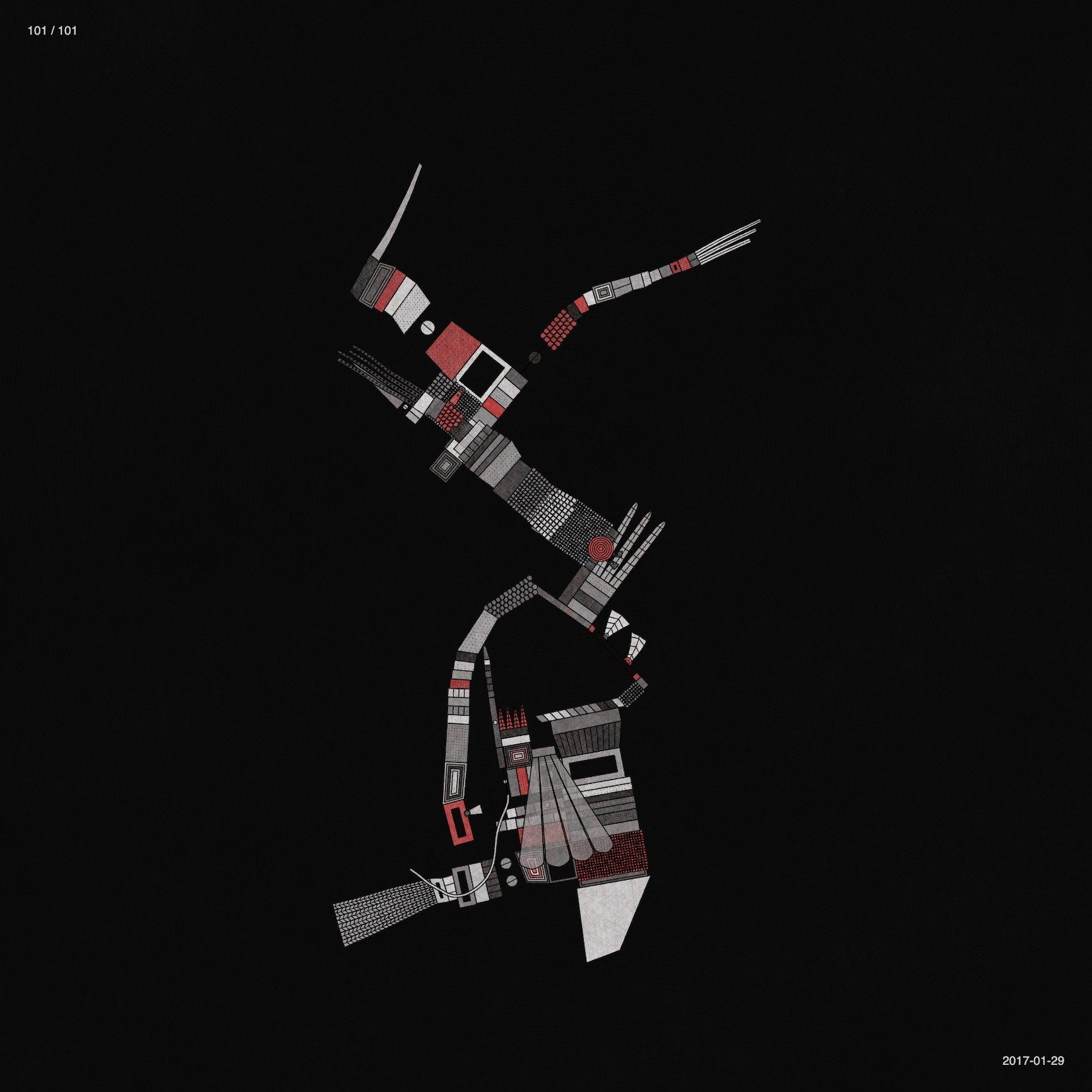
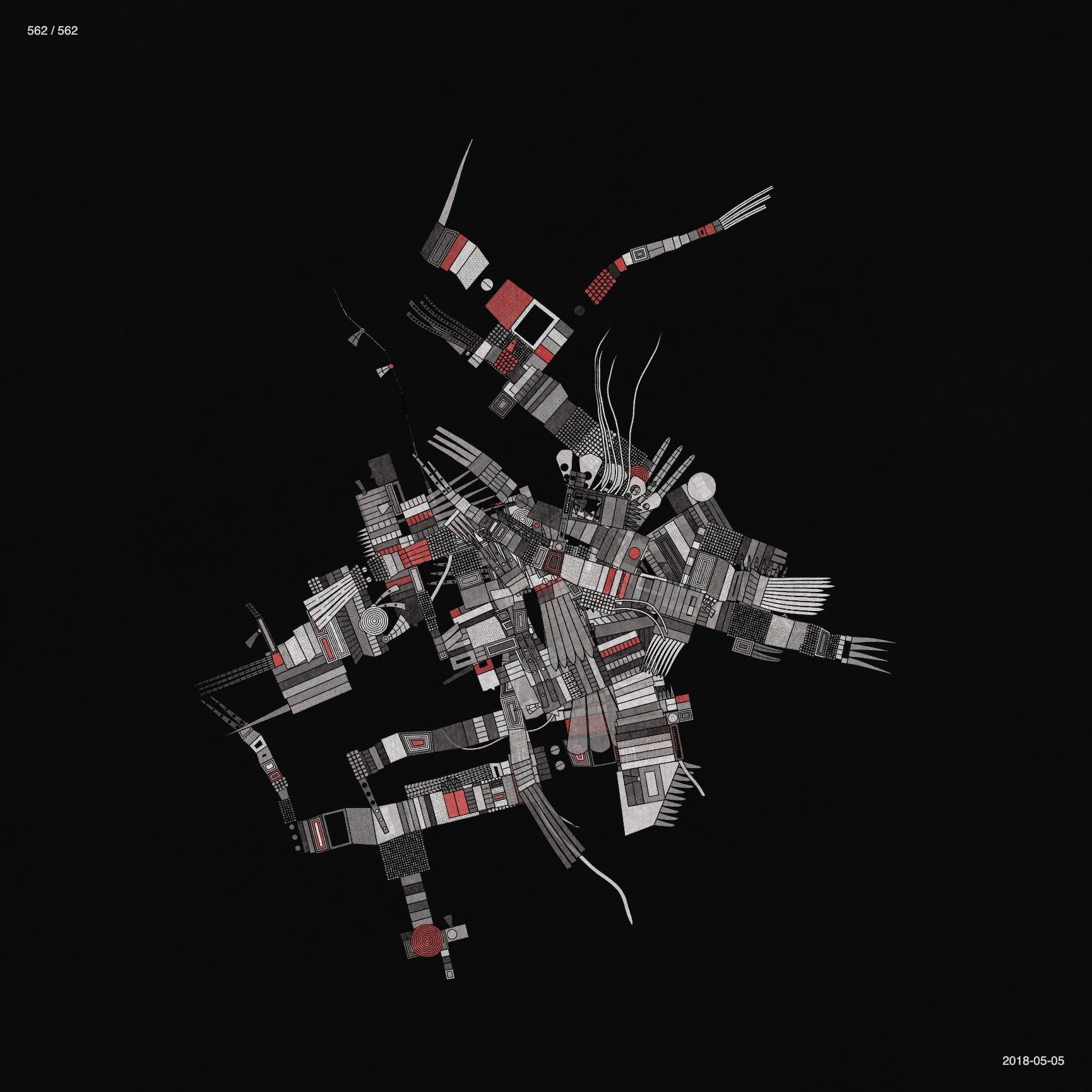
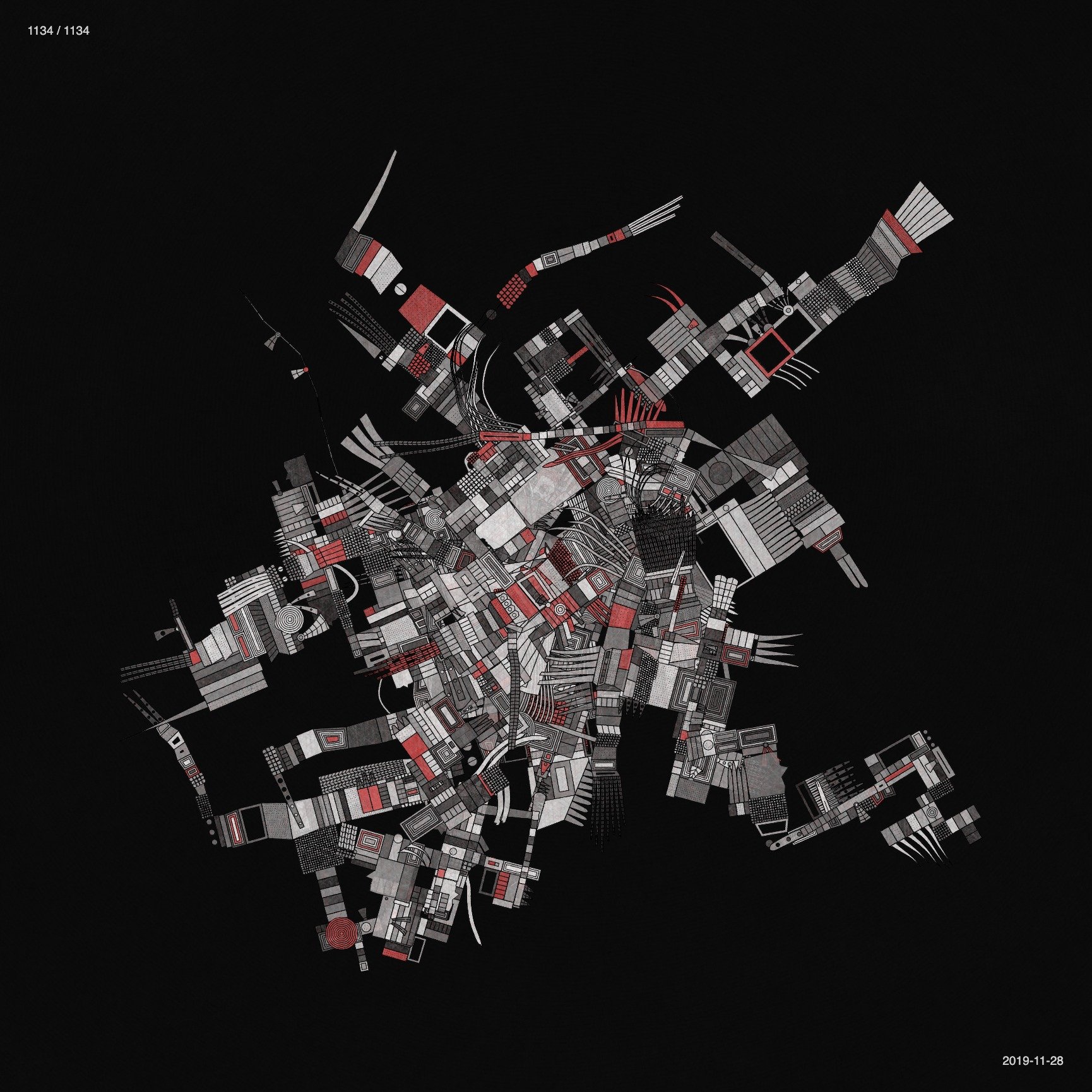
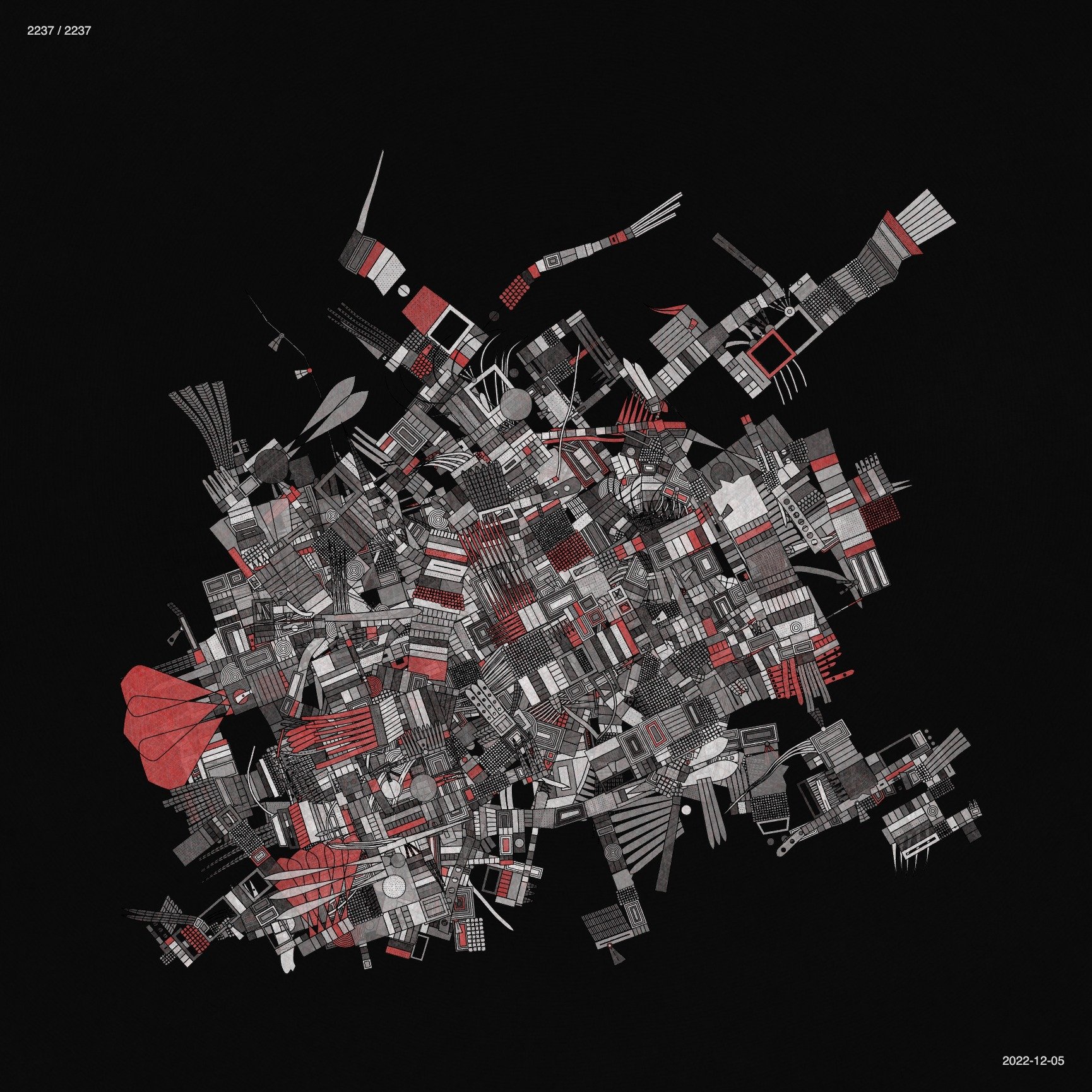
The organic elements of a creature - its vines, wings, feathers, and scales, will flow with time. If you pay attention, you’ll notice these changes every day, even in the same lifetime. I had considered allowing creatures to evolve into completely new forms in subsequent lifetimes—and in fact this was my initial implementation—but felt that this went too far in abandoning the familiarity and relevance of the original set of 100 outputs randomly selected from an infinite generative space. Already with the drastic changes that happen to the artwork over the span of years, I’m very curious to see how (or how not) people’s attachments and perceived value for specific editions will change over time.
Mexico City Reveal Experience
The minting and reveal for Pohualli happened over the course of four days at Prim 32, in Mexico City. Collectors were invited into the Pohualli room in groups of three, where I ran an interactive experience borrowing elements from an Aztec birth ceremony. Tying back to the theme of decisions and the paths we choose through time, each collector was presented with a choice that impacted the artwork they received.
Video and more media coming soon.
The indoor Pohualli reveal room in Prim32
Gifts for freshly minted Pohualli creatures, used by collectors as part of the ceremony









